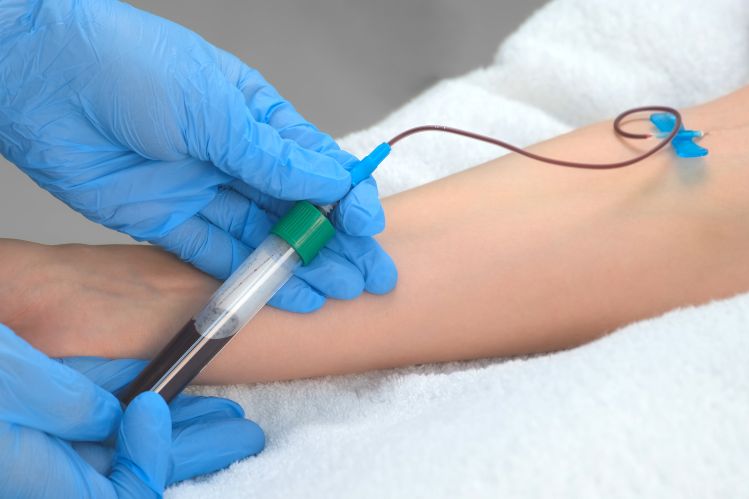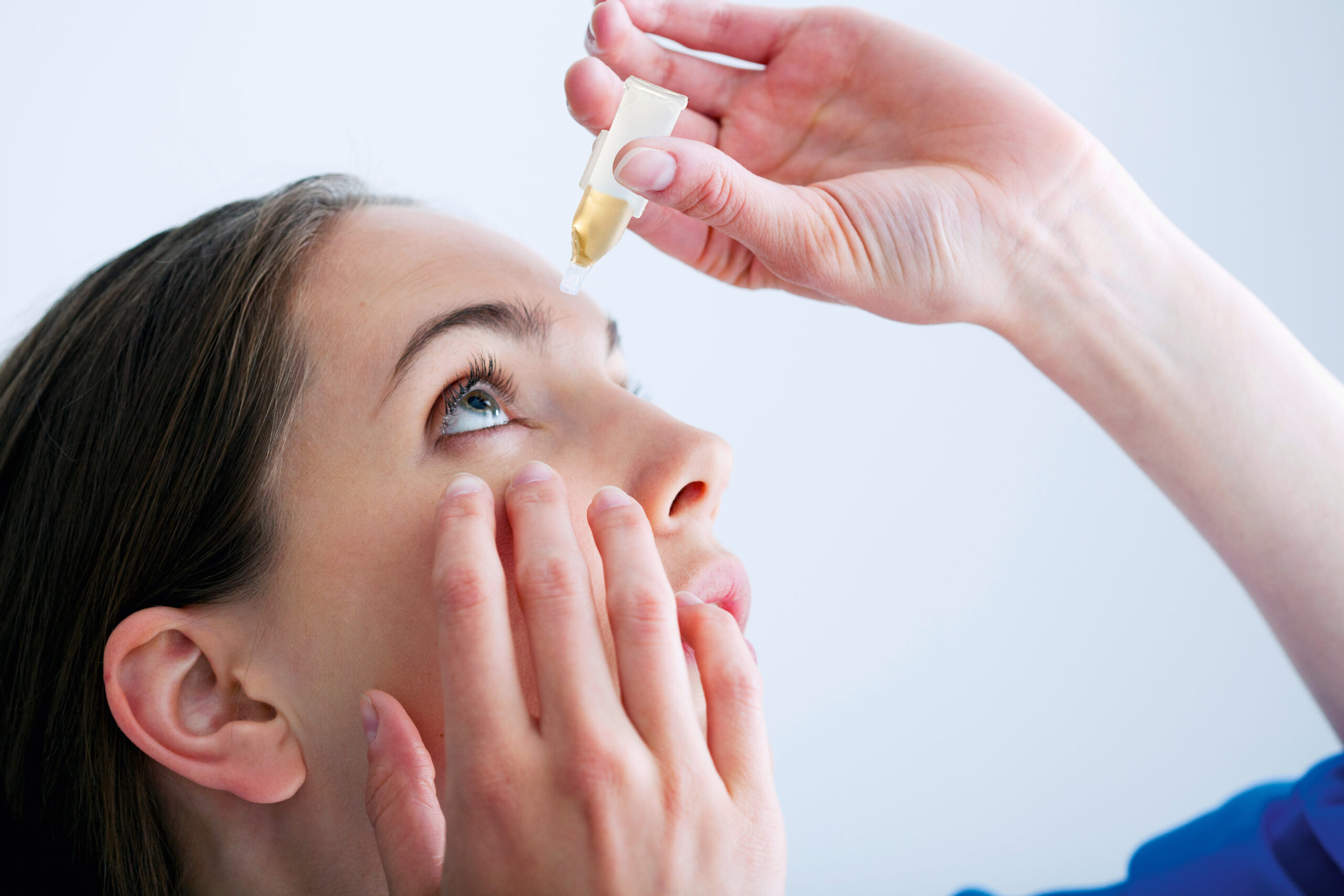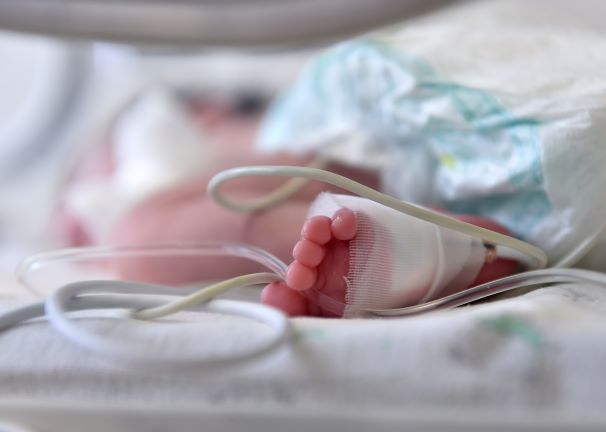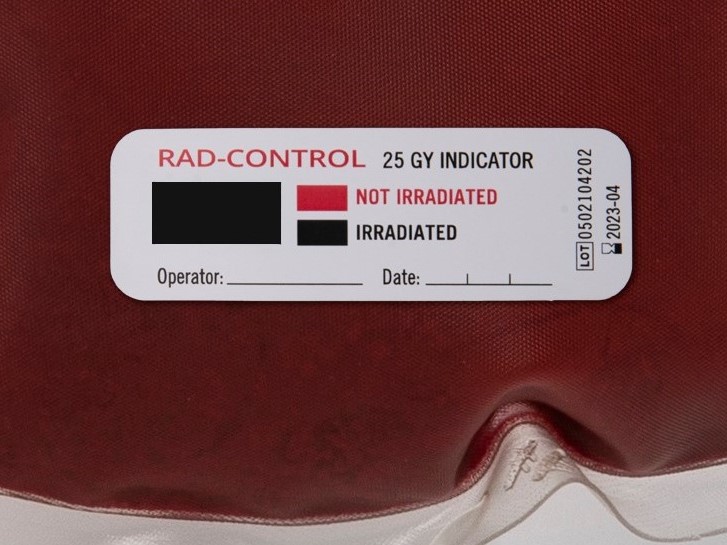Autologous serum eye drops, a form of personalized medicine, have become a promising therapy for patients with chronic eye diseases. These drops are made from the patient’s own blood serum and are particularly beneficial for people with severe forms of dry eye or after eye surgery. But what exactly makes this treatment so special and how does it work?
“Autologous serum eye drops
promote healing of the ocular
surface more effectively than
conventional therapies.”3
„
What are autologous serum eye drops?
Autologous serum eye drops are made from the patient’s blood by separating the serum, the liquid part of the blood without the blood cells, from the residual components and using it like eye drops. These drops contain growth factors, proteins and vitamins that occur naturally in the blood serum and promote the healing of the eye tissue. As they are made from the patient’s own blood, this minimizes the risk of allergic reactions or rejection.1
Advantages of autologous serum eye drops
The use of autologous serum eye drops offers several advantages over conventional artificial tears:
- While artificial tears only provide short-term relief, serum eye drops have a healing effect thanks to their biochemical composition.
- A study by the Chile Clinic Hospital in Santiago shows, among other things, that autologous serum eye drops can accelerate corneal healing and tissue regeneration.2
- Similarly, “autologous serum eye drops […] promote healing of the ocular surface more effectively than conventional therapies.”3
These drops have achieved impressive results, particularly in patients with severe dry eye syndrome who do not respond to conventional treatments. A team of researchers from the UK stated: “Autologous serum eye drops are more effective in reducing symptoms of dry eye syndrome and promoting ocular surface healing compared to conventional treatments.”4
Production and application
The production of autologous serum eye drops is a careful, multi-stage process that is carried out in specialized laboratories. First of all, blood is taken from the patient. This blood is then centrifuged to separate the serum and then filled into vials under sterile conditions. This process must be strictly monitored to avoid contamination. The advantage of such an individualized procedure is that the composition of the drops can be precisely tailored to the patient’s needs, which ensures greater efficacy and tolerability.5
The therapy is usually applied several times a day, with the patient applying the serum eye drops directly to the surface of the eye. The duration of treatment varies depending on the severity of the condition and individual reactions to the therapy.
Who are autologous serum eye drops suitable for?
Autologous serum eye drops are usually prescribed to patients who suffer from chronic dry eye or experience a delayed healing process after eye surgery. Serum eye drops offer a promising solution in particular for patients with systemic diseases such as Sjögren’s syndrome, which are often accompanied by severe eye symptoms. They can also be used for corneal ulcers, scarring or after eye injuries.
If patients are unable to contribute their own blood for health reasons, the use of allogenic serum eye drops can be a helpful alternative.
Conclusion
Autologous serum eye drops offer an individual and highly effective treatment for patients with serious eye conditions. They promote healing and alleviate symptoms where conventional therapies have reached their limits. Thanks to their biological composition, which contains growth factors and proteins, they are well tolerated and offer an innovative solution for patients looking for sustainable therapy.
Sources:
1 Jeng BH, Dupps WJ. Autologous serum 50% eyedrops for the treatment of persistent corneal epithelial defects. Cornea. 2009;28(10):1104-1108.
2 Urzua CA, Vasquez DH, Huidobro A, Hernandez H, Alfaro J. Randomized double-blind clinical trial of autologous serum versus artificial tears in dry eye syndrome. Curr Eye Res. 2012;37(8):684-688.
3 Pan Q, Angelina A, Marrone M, Stark WJ, Akpek EK. Autologous serum eye drops for dry eye. Cochrane Database Syst Rev. 2017 Feb 28;2(2). DOI: 10.1002/14651858.CD009327.pub3. PMID: 28245347; PMCID: PMC5510593.
4 Noble BA, Loh R, MacLennan S, Pesudovs K, Reynolds A, Bridges LR. Comparison of autologous serum eye drops with conventional therapy in a randomized controlled crossover trial for ocular surface disease. Br J Ophthalmol. 2004;88(5):647-652.
5 Tsubota K, Goto E, Fujita H, et al. Treatment of dry eye by autologous serum application in Sjögren’s syndrome. Br J Ophthalmol. 1999;83(4):390-395.
Picture credit: Shutterstock
Authors: Dr. Harald Sekljic, Dr. Clemens Troschl, Lisa Springer









